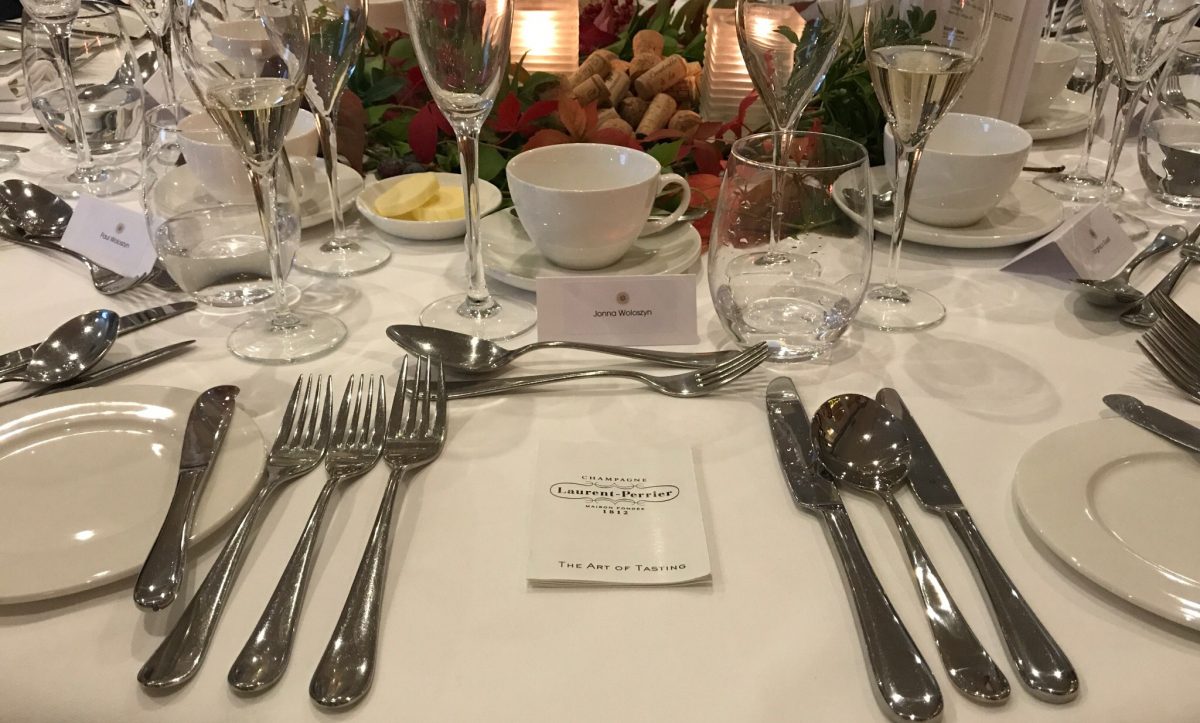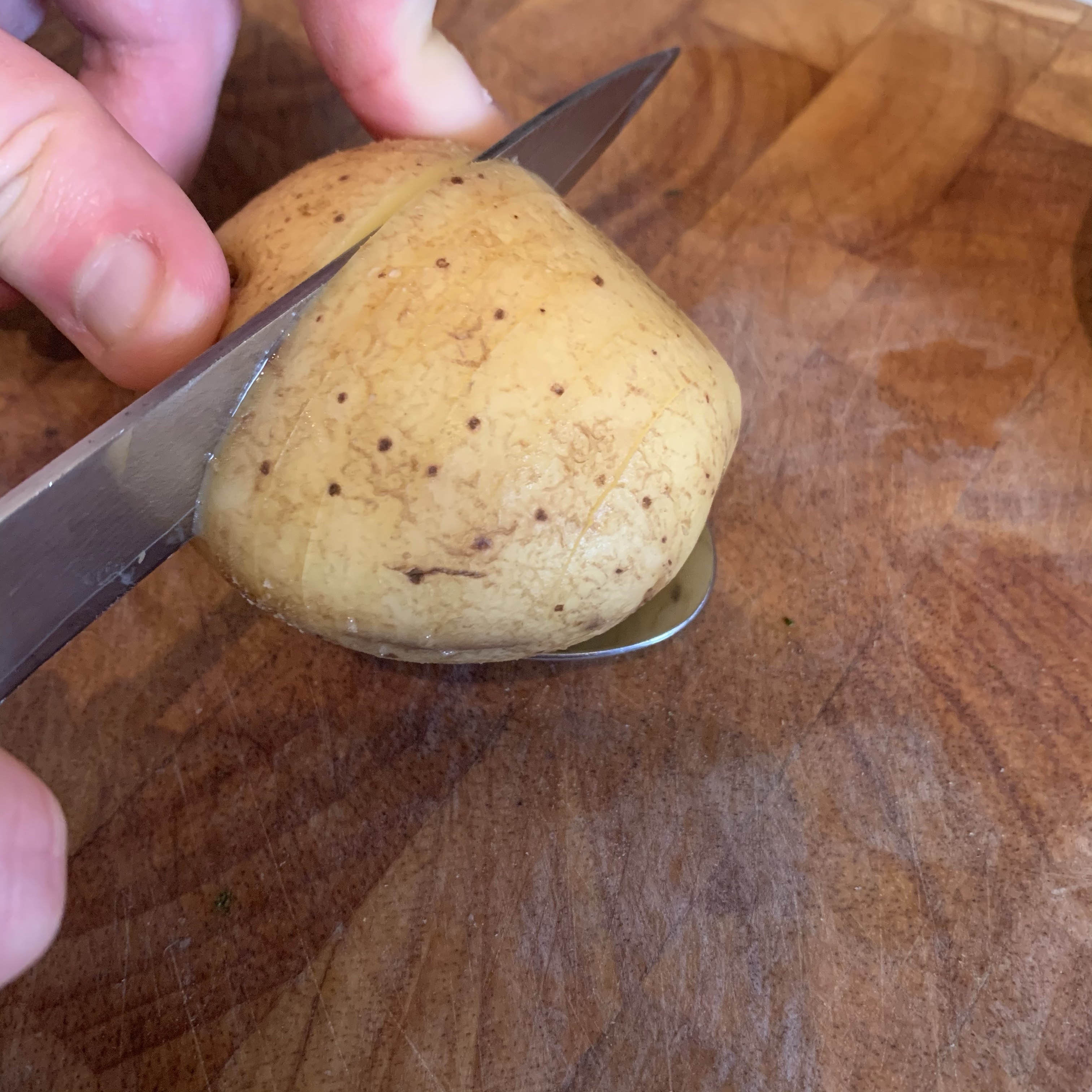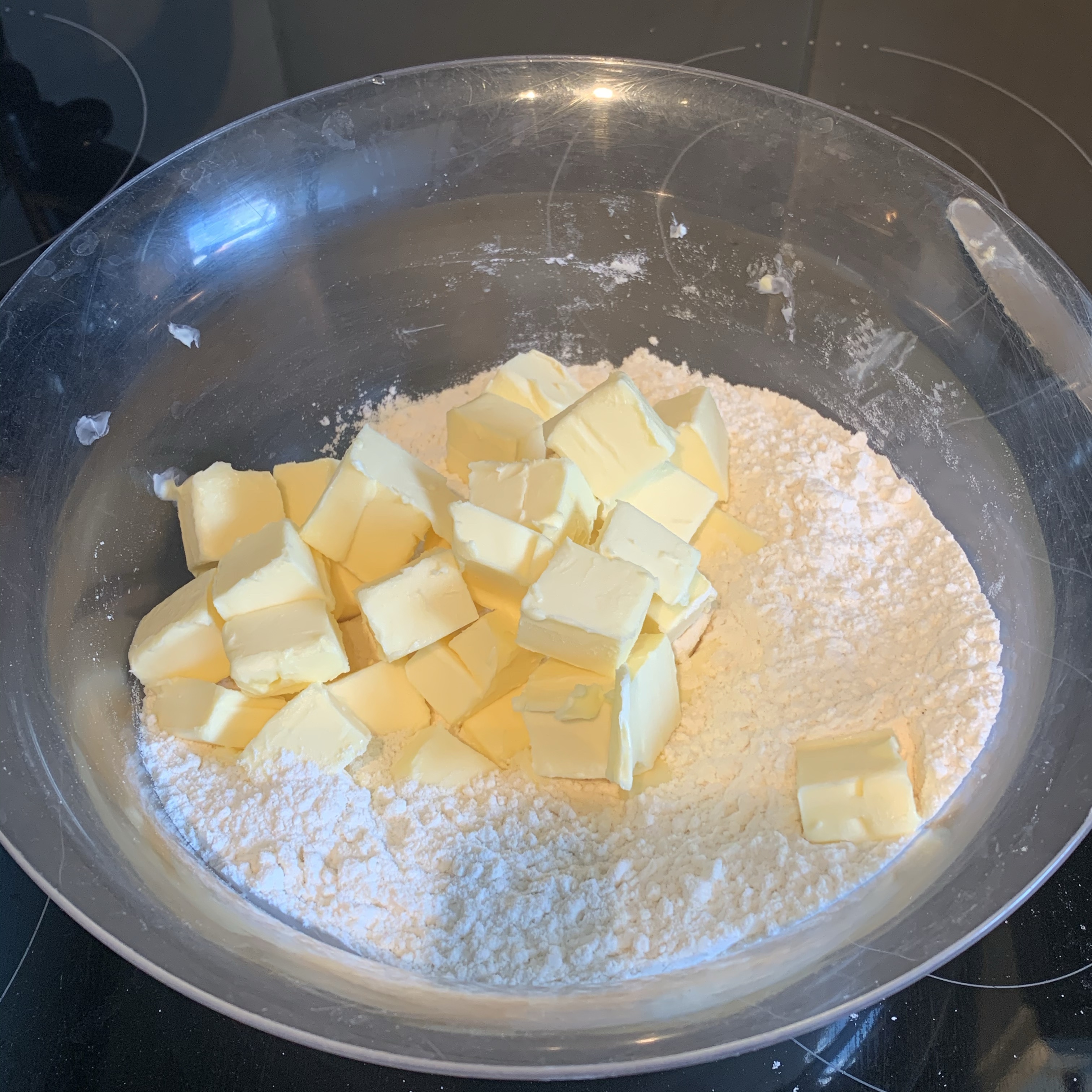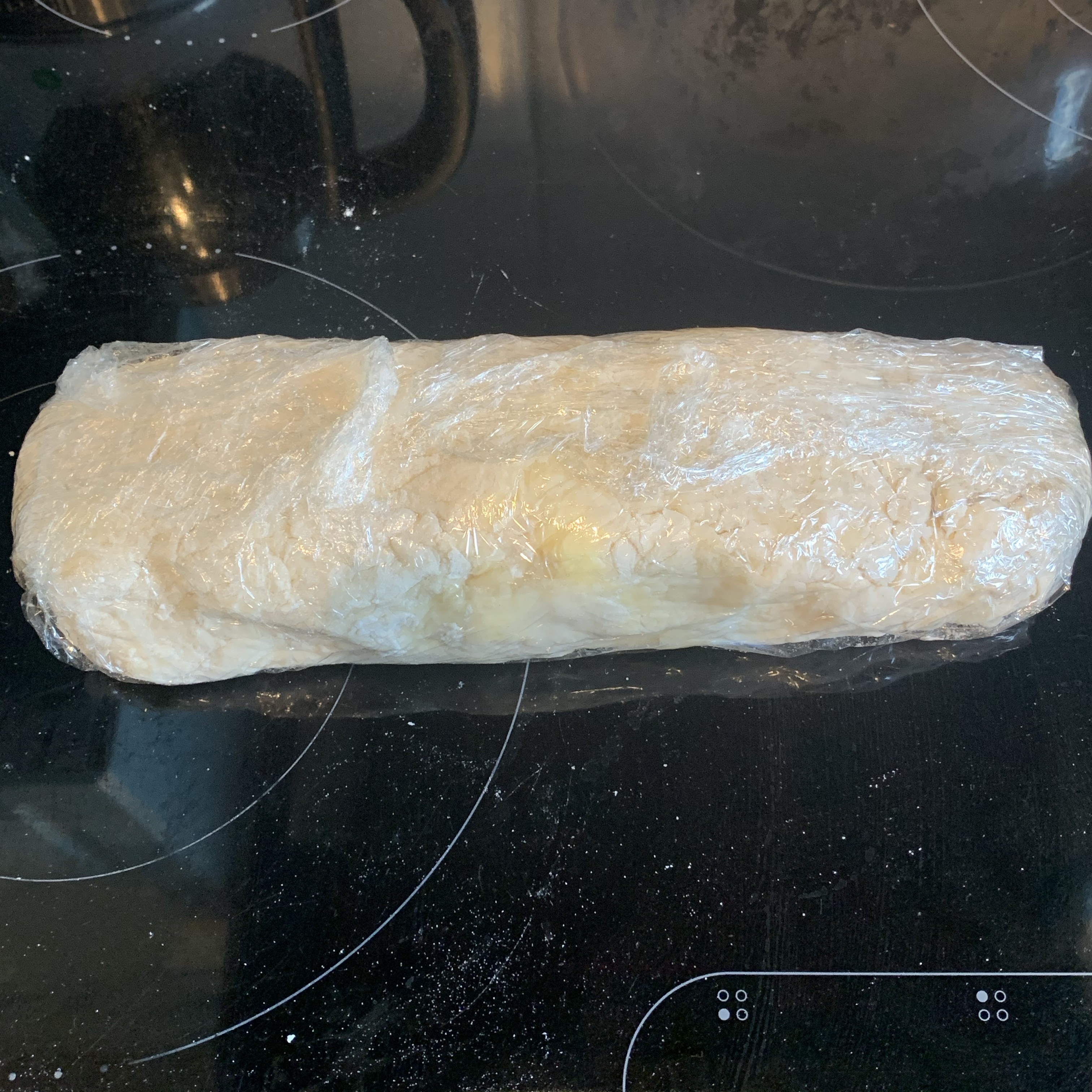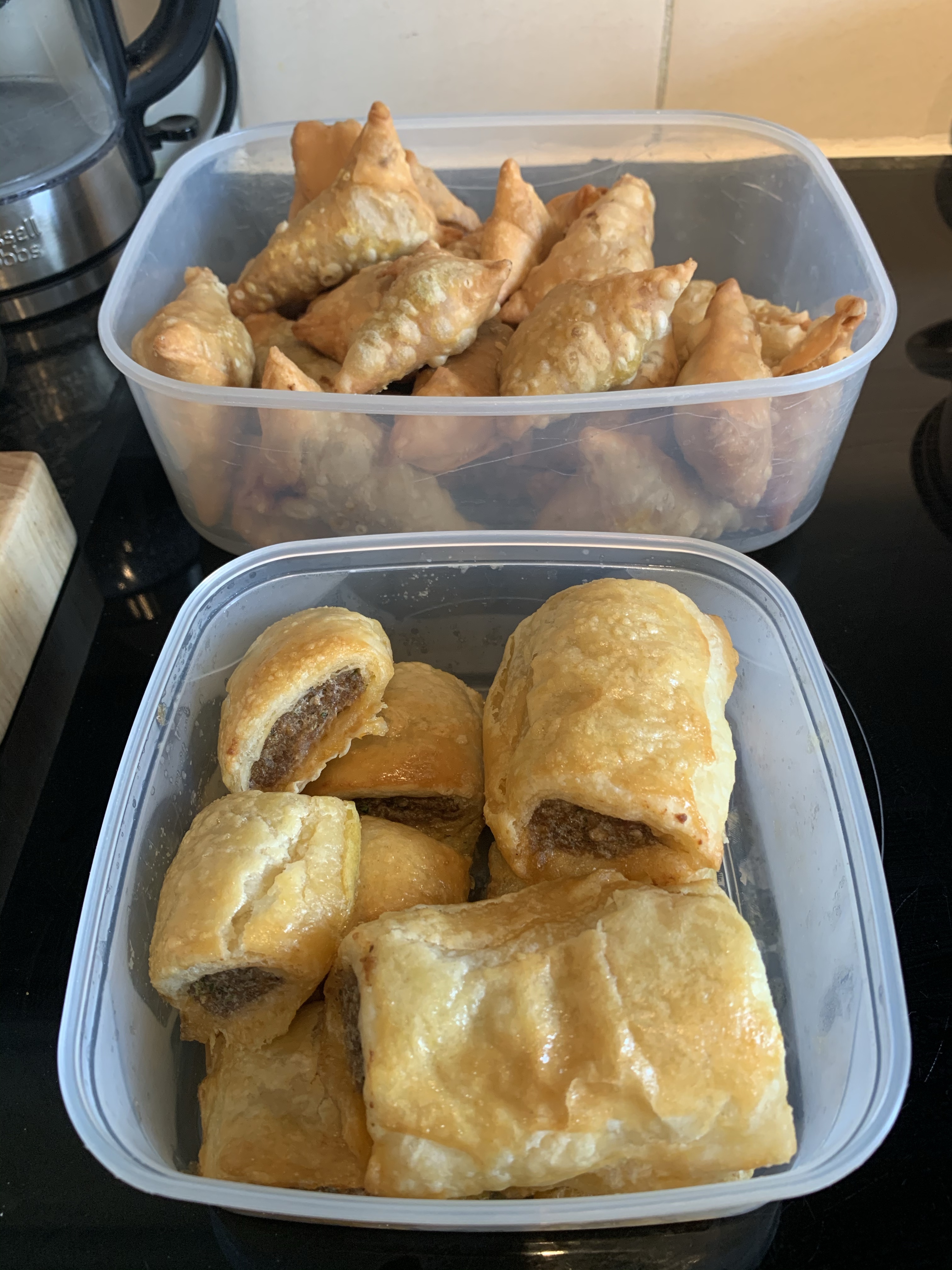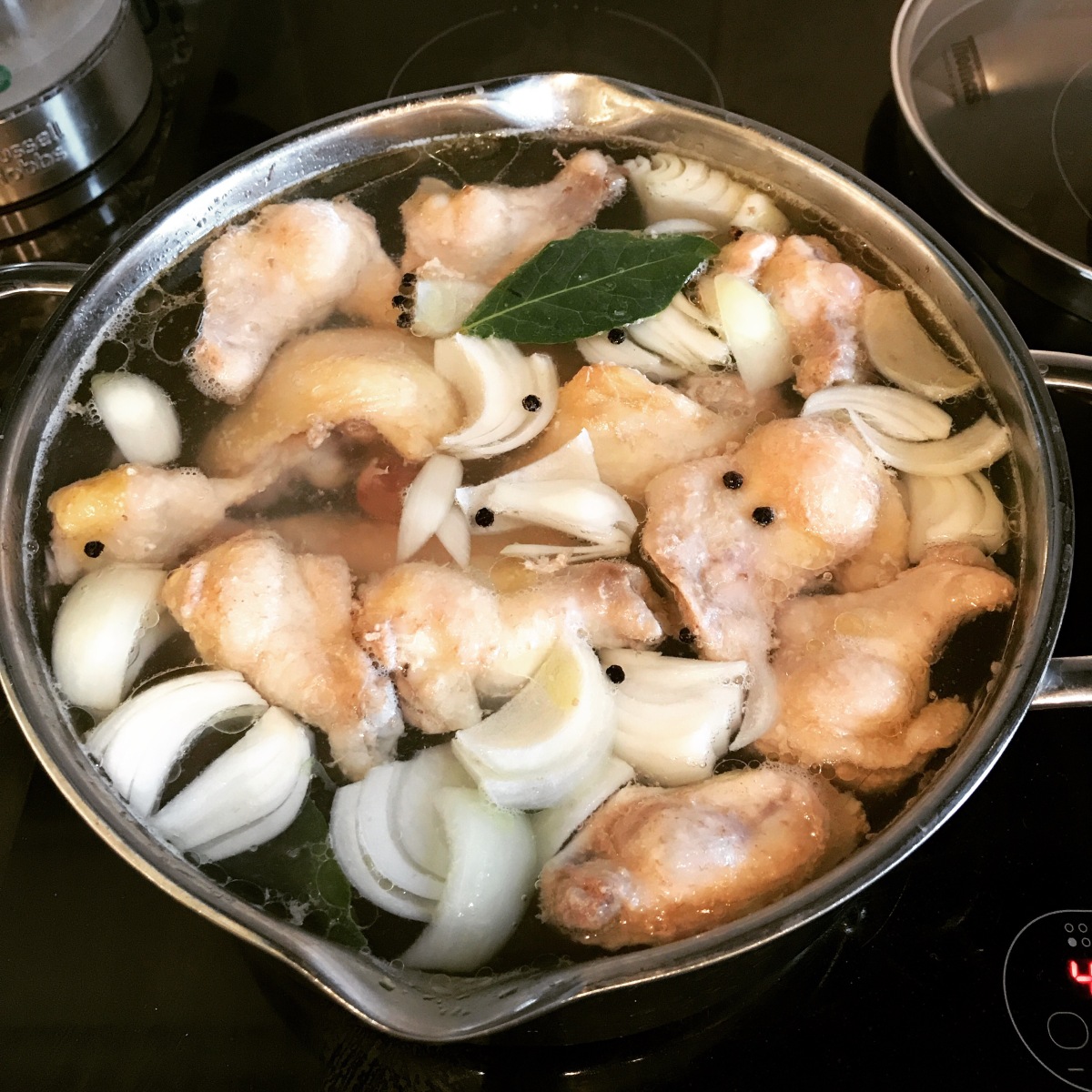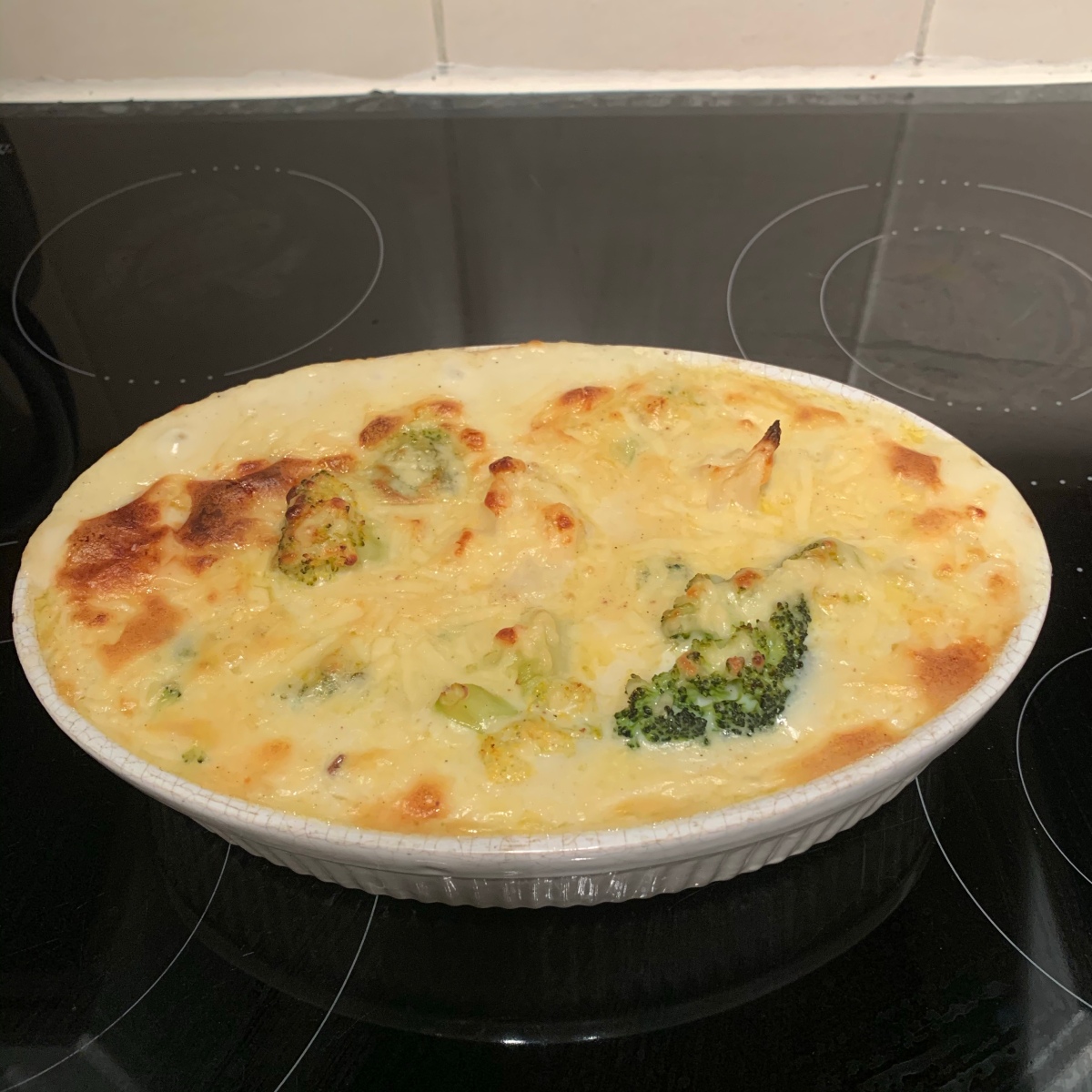We first had empanadas when holidaying in the Dominican Republic, and have loved them since then. They aren’t that complicated to make, and I don’t think they can get any better than the ones this recipe is for. And the great thing is that you can easily adjust the filling to your own liking.
Pastry
375 g plain flour
1 tsp salt
225 g butter
2 eggs + 1 for coating the empanadas for baking
100 ml cold water
~~~~~
Filling
100g cooking chorizo
300g mince beef
1 onion
handful of fresh coriander
handful of fresh parsley
2 tsp ground paprika
2 tsp ground cumin
2 tsp dried chilli flakes
2 tbsp tomato purée
1. Mix the flour, salt and butter together until crumb-like, then add the eggs and water. Knead the dough until smooth. It will be quite soft, however if it’s sticky, add a little more flour. Cover with cling film, and rest in the fridge for around 20 minutes.
2. Place the mince beef in a bowl. Chop the chorizo into small cubes, and add to the mince. Finely chop the onion, parsley and coriander, and add to the bowl, followed by the paprika, cumin, chilli flakes and tomato purée. Mix well together. Put a little cooking oil in a frying pan and heat. Add the mixture into the frying pan, and fry until cooked. Let the mixture cool.
3. Heat the oven to 160°C / 320°F (fan). Divide the dough into four pieces (this just makes it easier to work it). Roll each piece, one at a time, to thin sheets, about 5 mm thickness. Then cut into circular shapes.
4. Place cooled filling from the centre towards one side of the round (as the other half will be turn over to cover it). The amount of filling depends on the size of the circles, you want to put enough filling, but so that you can still securely close the halves together, without the filling seeping through. Dip your finger in a bowl of water, and run it around the circles’ edge. You may need to repeat a couple of times for each one. Then fold the empty half over, and press the edges together. With a fork, press the edges together. 
5. Once all the empanadas have been prepared, brush them with beaten egg, then bake in the preheated oven for 20 minutes.

